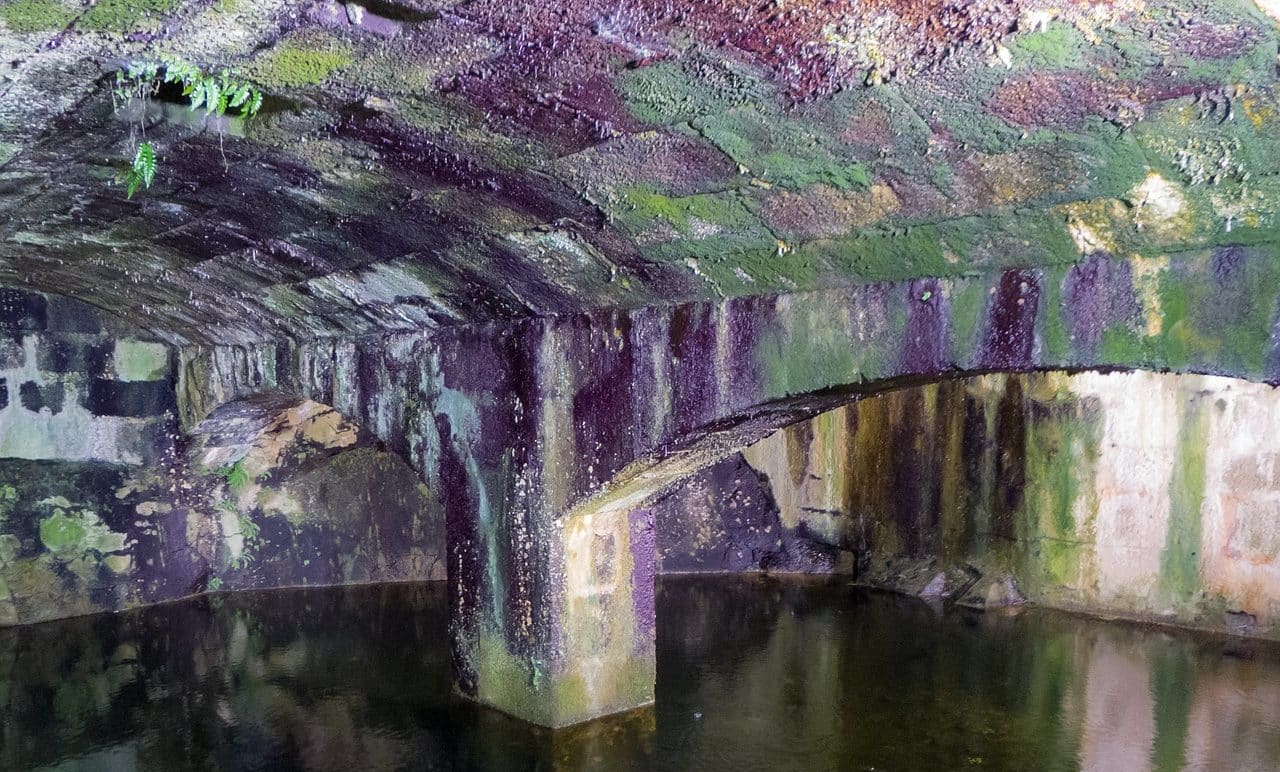
Groundwater is found below the earth's surface.
Groundwater is water found beneath the earth. It should be noted that water is a substance composed of molecules that have two hydrogen atoms and one oxygen atom .
Most of our planet's surface is covered by water, an essential element for life. In this framework, the adjective underground refers to what is located below the surface .
Groundwater in aquifers
On planet Earth , much of the water is found in aquifers that are located below the planetary surface. Aquifers are geological formations that store groundwater , a very valuable resource , as it supplies a high percentage of the world's population.
These aquifers receive water from precipitation . When precipitation reaches the ground, it filters and reaches the underground rocks. Below the surface, groundwater is moved by gravity and can even end up in the oceans. There is underground water that also resides in pores and in sediments that absorb it.
It is important to know that aquifers can be of several types:
- If we take into account the pressure to which the water is subjected, we come across the confined , the semi-confined and the non-confined .
- On the other hand, if the criterion taken into consideration is the set of materials that give shape to the aquifers, there are the fissured ones , which are supported by what are consolidated rocks, and the porous ones. The latter are those that are made up of materials such as sand or gravel, for example.

A spring is a space where groundwater emerges.
Zones and levels
In aquifers, a saturation zone can be distinguished and, above it, an aeration zone . The saturation zone is located above the impermeable layer and houses groundwater in its pores.
At the top of the saturation zone is the water table, whose amount of water depends on the season . Above the water table, and before the surface, the aeration zone is located.
Overexploitation and contamination of groundwater
Overexploitation and pollution put aquifers at risk and therefore threaten groundwater.
When water is continually withdrawn, the water table can fall below the natural depth and eventually dry out. Human activity, on the other hand, can deposit polluting agents in groundwater that is generally drinkable .
Other information of interest
Other important data that exists and is worth taking into consideration about groundwater are the following:
- It also responds to the name of underground runoff .
- It is closely related to the so-called surface water , although they are different and should not be confused. Thus, when it rains, hails or snows, a part of that precipitation flows over the surface of the earth, through streams or rivers, for example, and that is what is called surface water. For its part, the underground is the other part of the fallen precipitation that infiltrates the ground.
- The spaces in which groundwater rises to the surface are springs . These can be of different types, such as landfill ones; those of seam or crack and emergency calls.
- To capture groundwater, wells and surveys are carried out.
